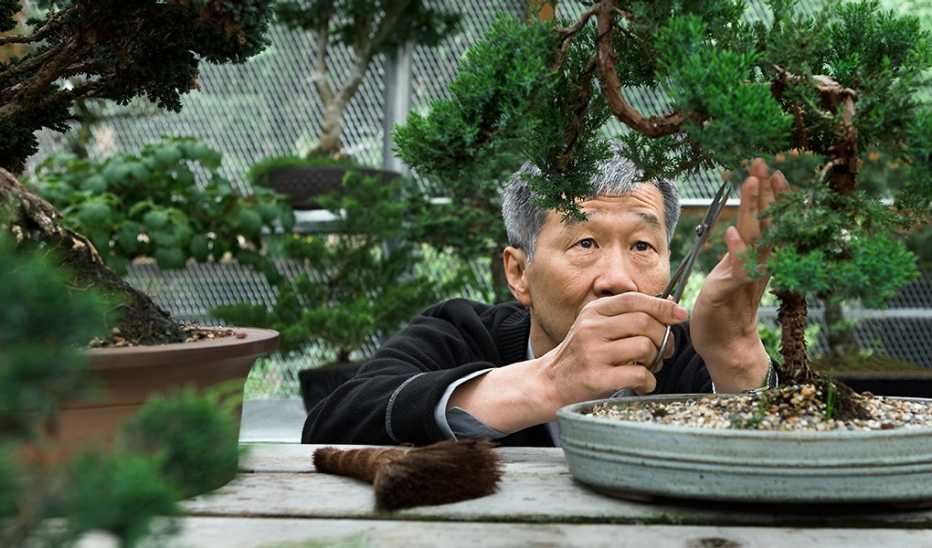Challenges


Quick Win
Gardening can be a fruitful activity for stress relief, exercise and healthy eating.
Try This Today
- Go outside and get moving. Fresh air and nature may help lower stress, benefiting your mental health. Gardening also provides physical activity, which could aid your mood and lower your risk of depression.
- Grow what you love. By planting produce that you find tasty, you’re more likely to eat what you grow, thereby caring for yourself emotionally and nutritionally.
- Use dirt as a diversion. Concentrating on weeding or watering may help shift your thoughts from worries so you can focus on the moment, which may aid in alleviating stress.
- Take it indoors. When the weather is cold, grow herbs on your kitchen windowsill so that you can tend plants year-round.
Why
Gardening can be a great way to “relieve stress, get exercise and promote mental well-being,” according to the AARP Global Council on Brain Health 2018 report “Brain Health and Mental Well-Being.” Among 42 adults ages 18 to 85+ given supplies for small ornamental gardens, participants reported reduced stress and increased happiness and relaxation after three or more months with their gardens, according to a report in Landscape and Urban Planning in 2020.
Levels of cortisol, the primary stress hormone, changed as well. Only 24 percent of participants started with healthy patterns of cortisol. With gardening, the percentage with healthy cortisol patterns rose to 53 percent.










More From Staying Sharp
Learn a New Instrument
Pick one that strikes a chord with you
Meditation to Work With Difficult Emotions
When we deny what's difficult, we create more suffering
Your Brain on Laughter
A hearty guffaw can provide healthy upsides for your mind and mood